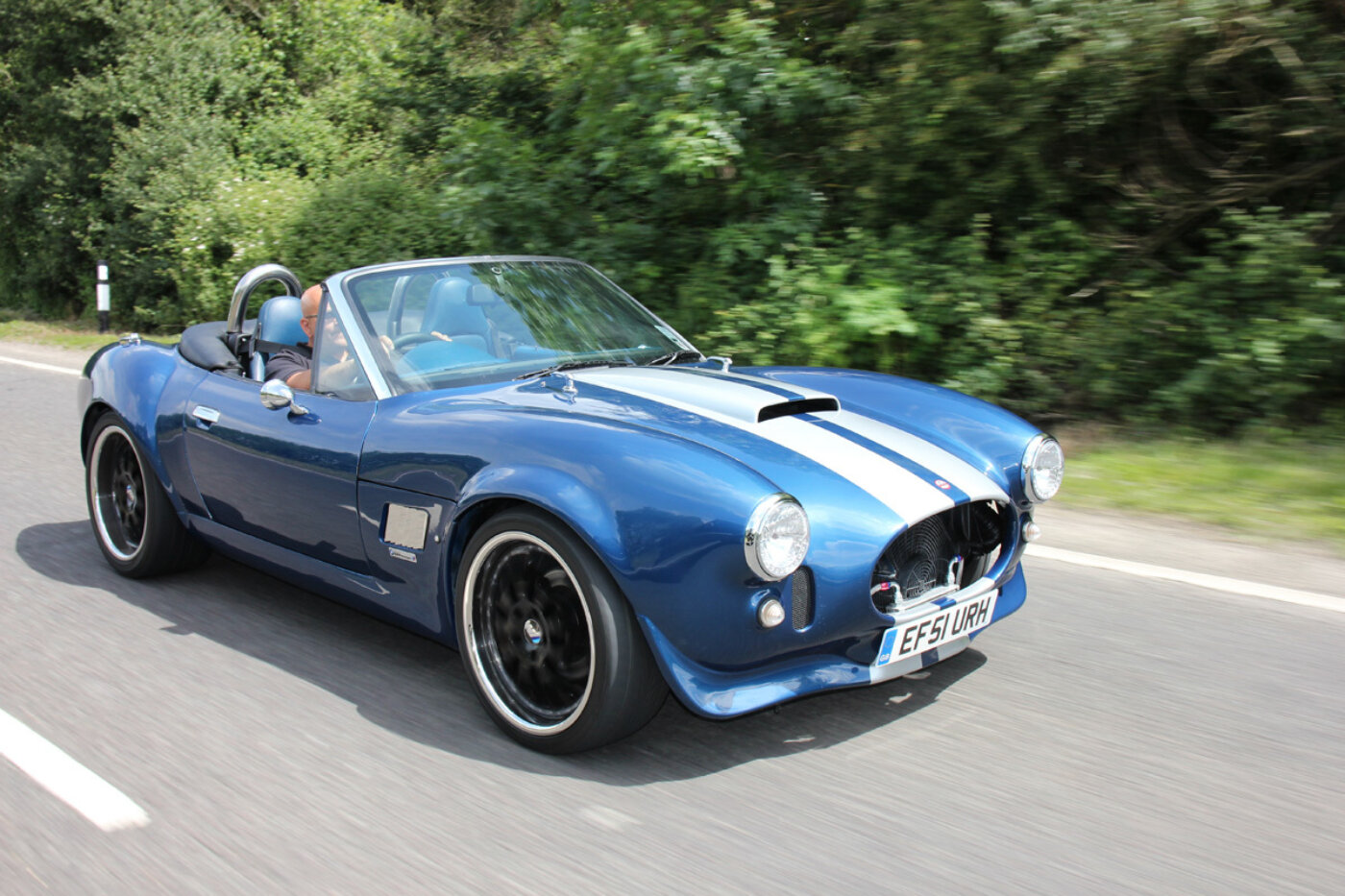
The Kobra is a Shelby Cobra re-body based of the Z3
Text and photos by Rob Hawkins
Appearances can be deceiving, on a number of levels. When we first saw the Kobra—basically a rebody of the BMW Z3—we knew there’d inevitably be some love/hate comments from Cobra enthusiasts.
Visually, the Kobra isn’t exact and doesn’t pretend to be, especially with the Z3’s windscreen, doors and electric windows, not to mention the fact that the Z3’s hood and hardtop can be fitted. However, what it lacks from the standpoint of accuracy, it makes up for in many other ways.
Simplicity, for one: It takes only five, that’s right five, panels fitted onto the Z3 to create the Kobra. These consist of a complete front end, which hinges at the rear in the same manner as the Z3 (it uses the same hinges), a combined side sill and lower wing panel, a rear tub and separate trunk lid.
It uses an affordable, high-quality donor car, for another: Introduced in 1995, the BMW Z3 lasted until 2002. At present, the price of secondhand Z3’s is dropping. Roadworthy bargains can be found for $3000 to $6000, especially if you look for neglected examples. Damaged body and paintwork always brings the price down, which is of no concern for a Kobra because the majority of the exterior panels are removed anyway.
Another advantage of a Z3 donor is the range of power options (though achieving an original Cobra’s output would require an engine transplant). Factory choices include 1.8 and 1.9-liter four-bangers, and a range of straight sixes from 2.0 to 3.2 liters, mated to either a five-speed manual or four-speed automatic gearbox. (Note: LS V8 swaps are feasible, and supported by the aftermarket, so you don’t have to settle for a “sheep in wolf’s clothing”.)
Plush extras not normally seen on classic Cobra abound in the Z3. Luxury and safety items that are standard on the Z3 include ABS, power steering, traction control, heated seats, standard side airbags (’99 and later), and disc brakes. In addition, the Z3’s suspension is more modern and refined than Cobra replicas that use either Jaguar independent setups, or the manufacturer’s own dual A-arms with outboard coilovers, along with a live axle rearend.
Instead, the Z3 has MacPherson struts at the front with lower arms and an anti-roll bar. The dampers and coil springs fitted to the struts can be changed to alter the ride height and handling of the car. At the rear, there is a differential carrier, plus trailing arms and separate coil springs and dampers, which can also be upgraded. All suspension bushings are rubber as standard, but can be changed for polyurethane.
Teardown and basic buildup: The standard Z3 panels that are removed to make a Kobra include the front and rear bumpers, hood, front and rear crash beams, rear wings, trunk lid and all the lights. The Z3’s trunk area is a heavy piece of steel, which includes the upper half of the front wings, leaving only a small area from the A-post to the front wheel that can be classed as a lower wing. This area isn’t removed, but part covered with a fiberglass panel.
All of the panels that need to be removed from a Z3 are un-bolted, so there is no cutting or welding involved and the stripped car can still be moved. Nubodi Automotive (a dealer/builder for Tribute Automotive, manufacturer of the body panels) has produced a strip-down manual to guide customers in dismantling their Z3. This company estimates that most people will take roughly one day to complete the required work. Once the Z3 has been stripped of its exterior panels, the Kobra’s GRP can be fitted.
“The new panels are bolted onto the original BMW mounts,” explains Nubodi’s Richard Bird. “Mounting brackets are bonded in at the factory. There is a small amount of adjustment on each panel to correct the panel gaps. The panels can be bolted on in a couple of days.”
Aside from aligning panels, other work involved in the conversion includes wiring up the electrics for the front and rear lights and indicators. New lights are supplied in the kit and Nubodi recommends sourcing suitable plug connectors that can be fitted to the BMW Z3’s original plugs.
With the Kobra kit priced at $4200 (shipping to the U.S. not included), add on the price of the donor Z3 and a professional paint job (Nubodi charges less than $3500), and a realistic total cost should run in the low to mid-teens, allowing for approximately 100 hours both stripping the Z3 and fitting the kit.
Costs can be saved in many ways. For instance, Nubodi has found it can sell unwanted panels, often for more than the price paid for the donor car. A Z3 trunk lid alone usually sells for more than $500.
The demonstrator seen here is based on a 2001 3.0i M-Sport Z3, so it’s equipped with interior accessories such as air conditioning and heated electric seats. With a standard 231 horses at the flywheel, this output can be increased to around 270 hp by fitting a cold air induction kit, modifying the exhaust system (rear silencers have been removed) and remapping the ECU. The rear exhaust silencers have been replaced with straight-through pipes, which help to produce a throaty growl from the straight six motor. The noise is similar to a vee-engine and the power output is comparable to many V8s.
The seating position inside the Kobra is typical of a modern, open-top sports car with the windscreen and door glass keeping you protected from the elements. These creature comforts come at a tradeoff of sorts, since there’s no escaping the BMW origins in this particular Kobra. On the plus side, all of them are standard, including the upholstered dashboard. It’s not the image you’d expect of a classic Cobra with a flat dashboard full of gauges, so there’s no point in pretending. Instead, the level of luxury, finish and safety features have the advantage here.
On the move, Nudbodi’s Kobra feels sure-footed and stable. The suspension hasn’t been altered and doesn’t seem to have been affected by the new exterior panels that have shaved roughly 220 pounds off the total weight of the vehicle. There are also no worrying panel rattles or vibrations, especially when driving over rough sections of the road. This car appears to be well screwed together and is as easy to drive as any modern production sports car.
Nubodi built this first demonstrator in time for the show at Stoneleigh in the U.K., and currently offers turnkey conversions for less than $19K, plus the price of the donor. For the same price as the Kobra kit ($4200), this firm will strip a Z3 and fit the panels correctly in preparation for painting.
The Kobra is a viable alternative to anyone who likes the shape of the classic Cobra, but is willing to give up authentic-style details for comfort, cost and convenience. If you really want a car that looks and performs exactly like a classic Cobra, then this body conversion isn’t for you. But if you’re prepared to compromise over originality, then the Kobra is a practical alternative that wins on price and speed of build. And that’s no illusion.

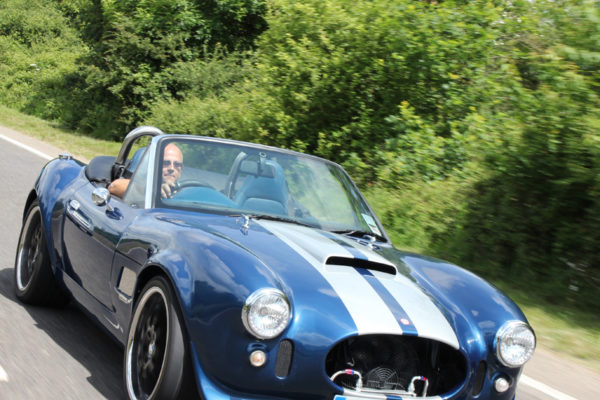
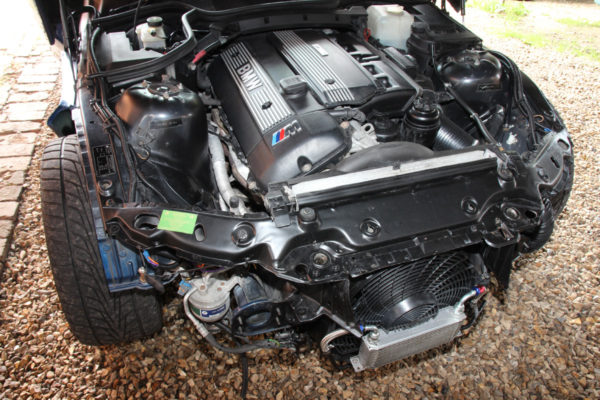
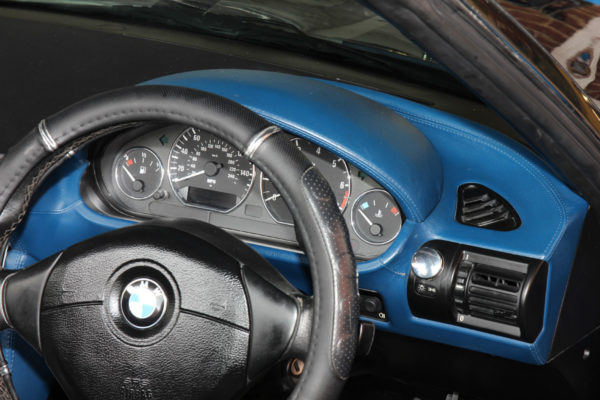
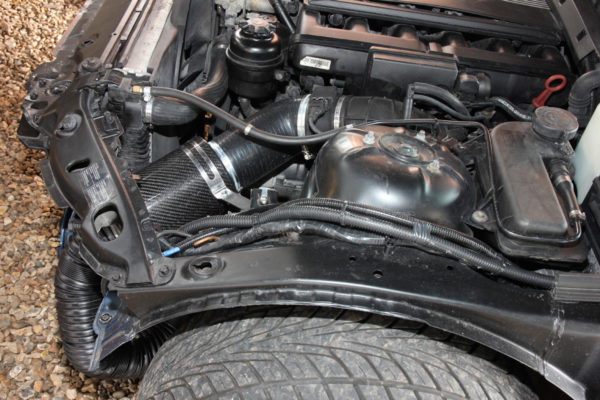
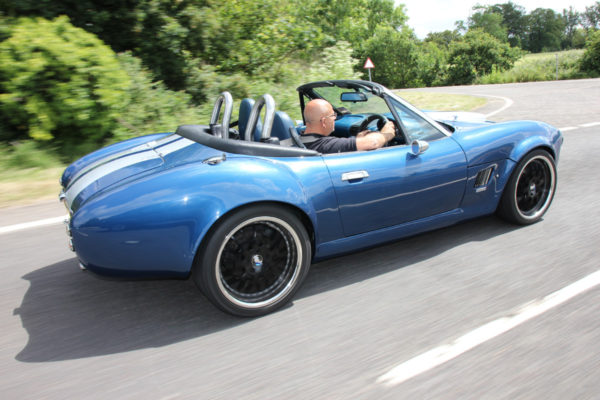
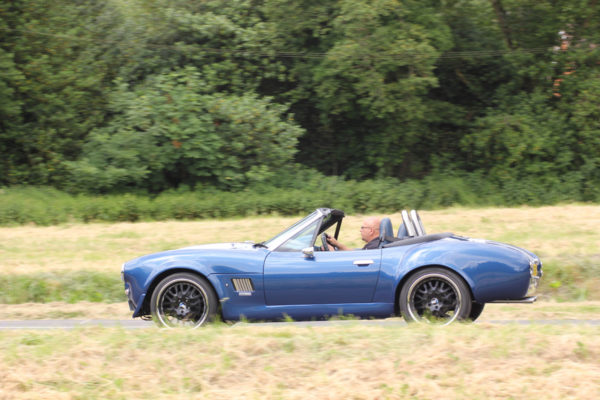
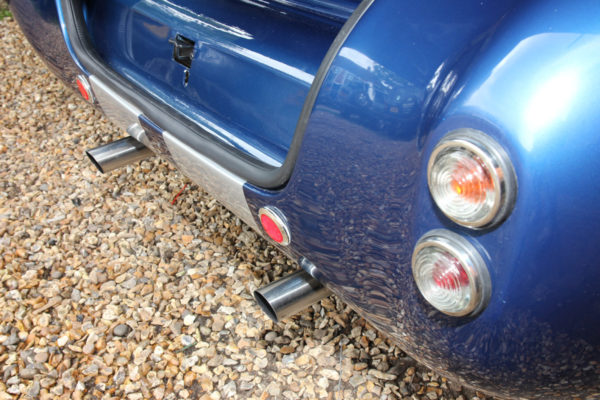
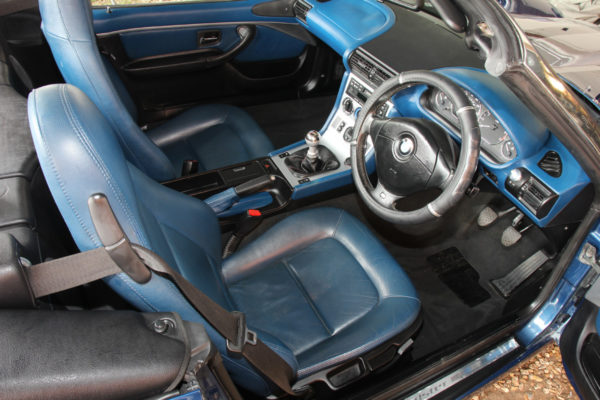
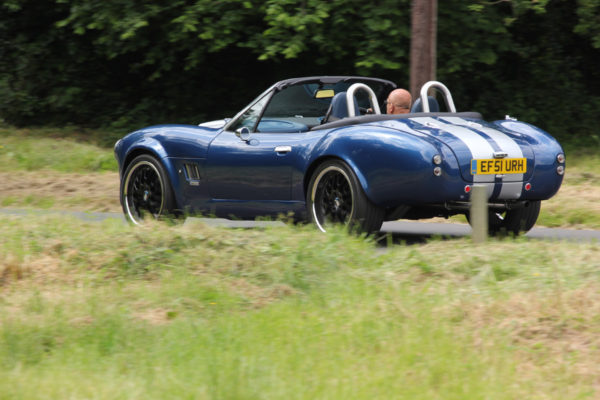
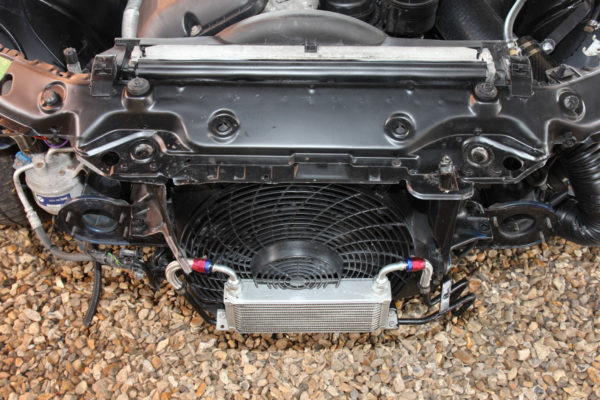
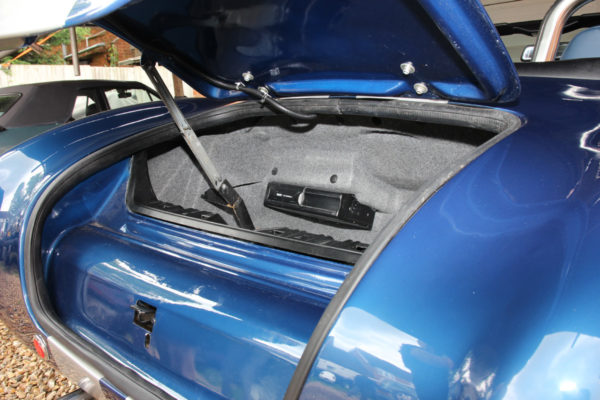
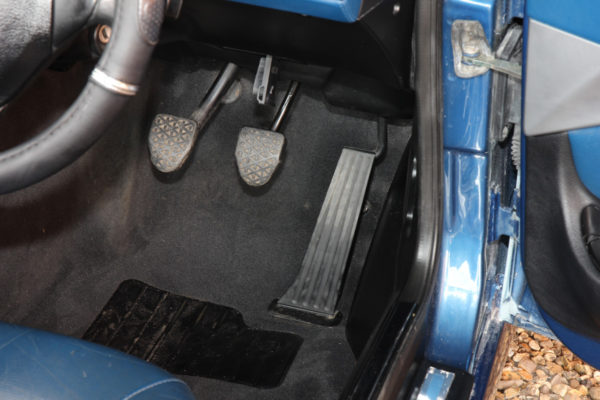
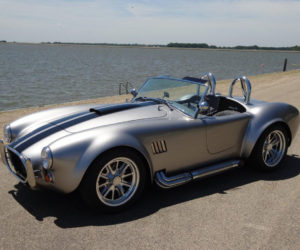

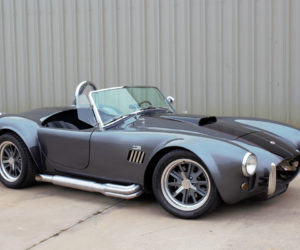
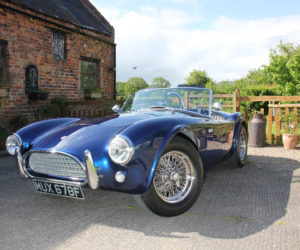
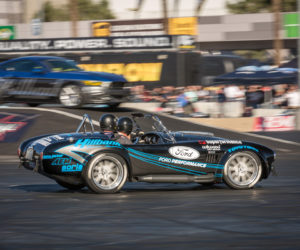
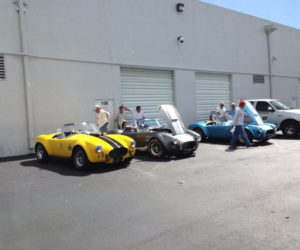




Comments for: THE TRANSFORMER
comments powered by Disqus